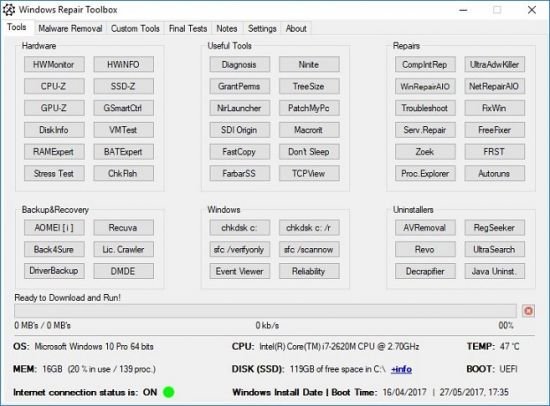

Press Save to open the standard Windows save file dialog to select the name and location of the output file. This is the final step of the recovery process. Check the Show service information box to see low-level information about the currently selected element. Once complete, you will see a tree-like structure of the file being recovered and the elements the program managed to identify. The duration of this stage depends only on the size of the file being processed and the speed of your computer. After you confirm your intention to proceed, the program will start analyzing the structure of the file (you will see the names of nodes and keys being processed at the bottom of the screen). Once you've entered the name of the file to be recovered, you can proceed to the next step by clicking the Next button at the bottom of the program window. You can also select one of the files you used in the past from the dropdown list, which can be opened by clicking a small button with a downward arrow in the right part of the input field. To select a damaged registry file, enter its full name and path into the input field located in the center of the program window or use the standard Windows open file dialog. In the advanced (manual) mode, this can be done in a number of ways.

The first step of the wizard is intended for specifying the name and location of the damaged file you want to recover. No matter which mode you selected, just follow the simple on-screen instructions provided on every step - the program will take care of the rest. A typical recovery scenario consists of several simple steps. Based on the concept of a step-by-step wizard, it combines simplicity with efficiency of use and fitness for all categories of users, from novices to professionals. The interface of the program is very simple and intuitive. Recovery Toolbox for Registry is a fast program, so rest assured you won't spend hours looking at a progress bar - normally, it takes less than a minute to process a registry file of an average size. The second mode lets you browse through the structure of the damaged file, view its elements and their properties and eventually save the data to an output file. The first mode minimizes the user's involvement in the recovery process and allows you to recover the registry data with a couple of clicks - all you need to do is select a drive and the program will instantly find the registry files on it. The program can be used in two modes - Automatic and Advanced (manual).

Its proprietary recovery algorithm makes for excellent efficiency and ultra-fast file scanning and extraction of data. Recovery Toolbox for Registry is a specialized recovery tool intended for restoring information from damaged Windows registry files.


 0 kommentar(er)
0 kommentar(er)
